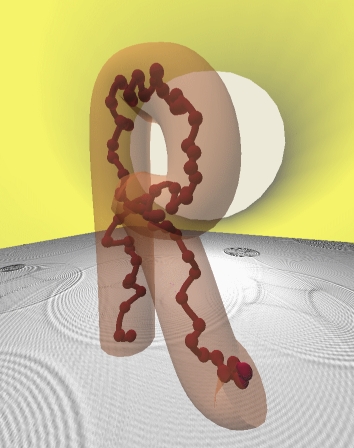Flow Induced Crystallization: General description¶
Purpose¶
Module for handling data from start up of shear and extensional flow experiments with flow induced crystallisation.
Data Files¶
The first line of the file should contain the sample parameters separated by semi-colons (
;). It may contain any number of parameters which will be read and saved as file-parameter in RepTate.Then the data columns should appear, separated by spaces or tabs.
.shearxs extension¶
Text files with .shearxs extension should be organised as follows:
.shearxsfiles should contaion at least the parameter values for the:shear rate, \(\dot\gamma\)
shear end time, \(t\)-stop
temperature, \(T\)
5 columns separated by spaces or tabs containing respectively:
time, \(t\),
shear stress growth function, \(\sigma^+(t)\),
nucleation rate, \(\dot N(t)\),
crystal fraction, \(\phi_X(t)\),
nucleation density, \(N(t)\),
Other columns will be ignored. A correct .shearxs file looks like:
gdot=0.1;tstop=50.0;T=0.0;
t sigma_xy Ndot phi_X N
1.437E+00 1.411E+02 5.103E-09 3.227E-08 1.001E-05
1.751E+00 1.709E+02 1.358E-08 5.772E-08 1.001E-05
2.134E+00 2.065E+02 4.283E-08 1.034E-07 1.002E-05
2.600E+00 2.486E+02 1.623E-07 1.858E-07 1.006E-05
3.168E+00 2.978E+02 7.418E-07 3.349E-07 1.028E-05
... ... ... ... ...
Views¶
log(eta(t))¶
Ndot(t) [log-log]¶
N(t) [log-log]¶
phiX(t) [log-log]¶
Ndot(t) [log-lin]¶
Nucleation rate as a function of time on log axis \(\dot{N}(t)\) vs time \(t\)
N(t) [log-lin]¶
Nucleation density as a function of time on log axis \(N(t)\) vs time \(t\)
phiX(t) [log-lin]¶
Crystal fraction as a function of time on log axis \(\\phi_X(t)\) vs time \(t\)
eta(t))¶
log(sigma(gamma))¶
sigma(gamma)¶
log(sigma(t))¶
sigma(t)¶
Flow Curve¶
Steady Nucleation¶
- ApplicationCrystal.view_steadyNuc(dt, file_parameters)[source]¶
\(\dot{N}(t_{\to\infty})\) vs flow rate
Todo
Document the views
